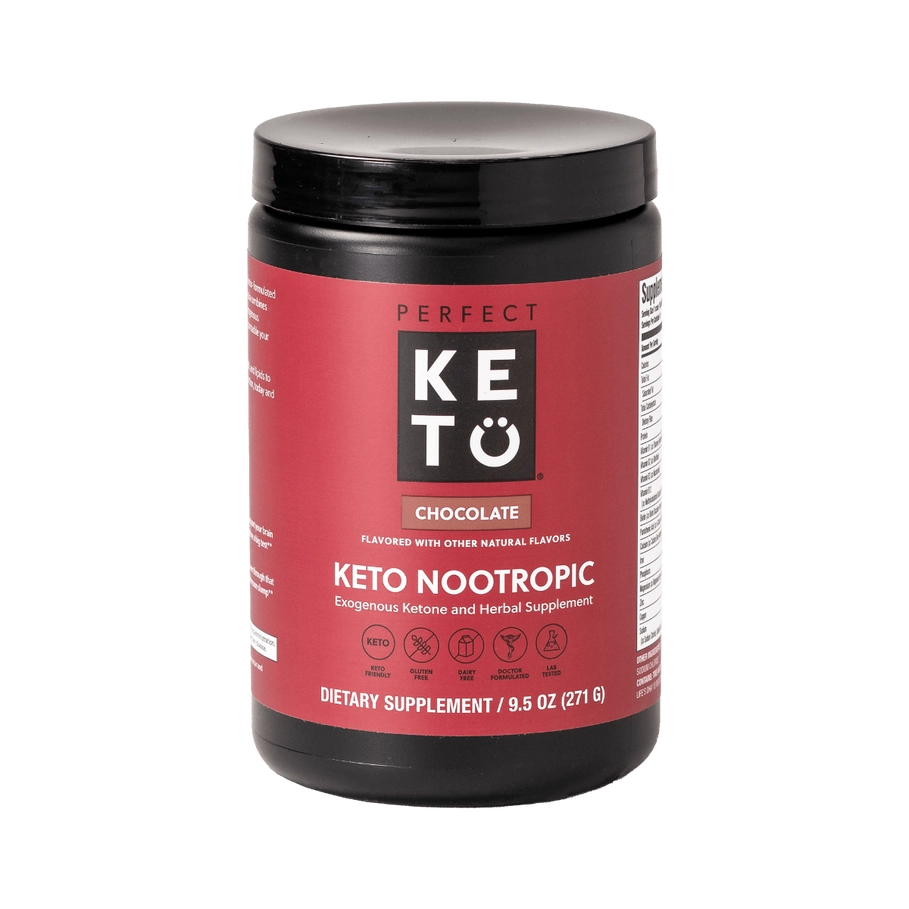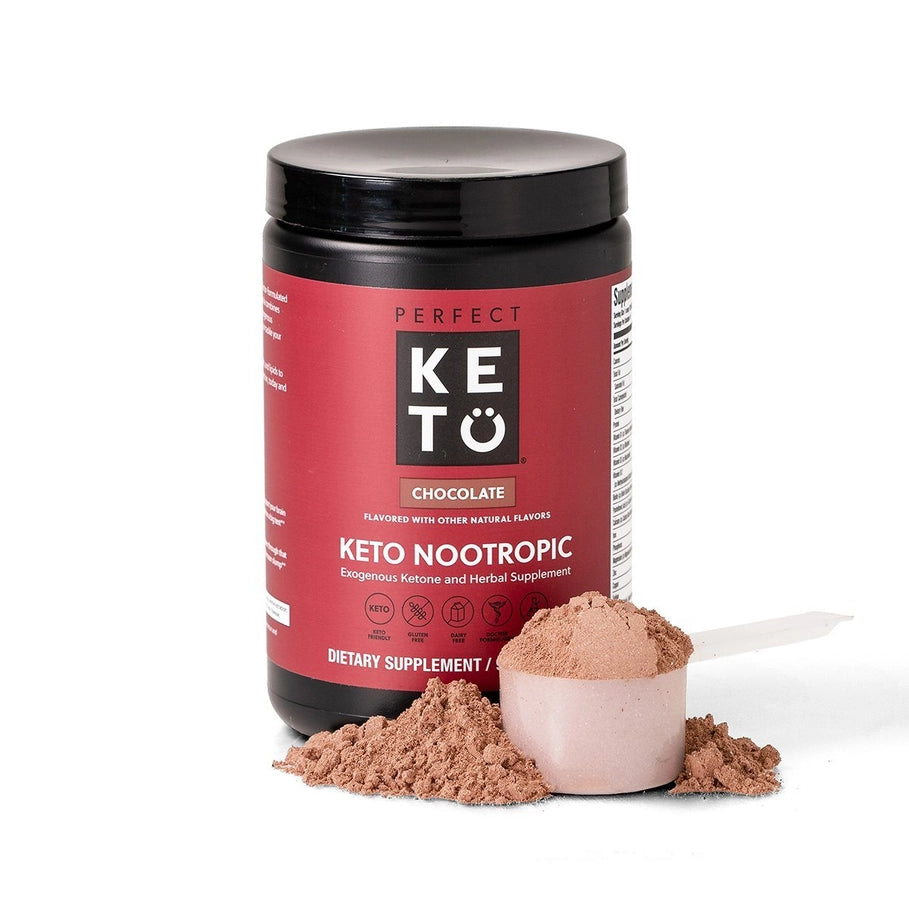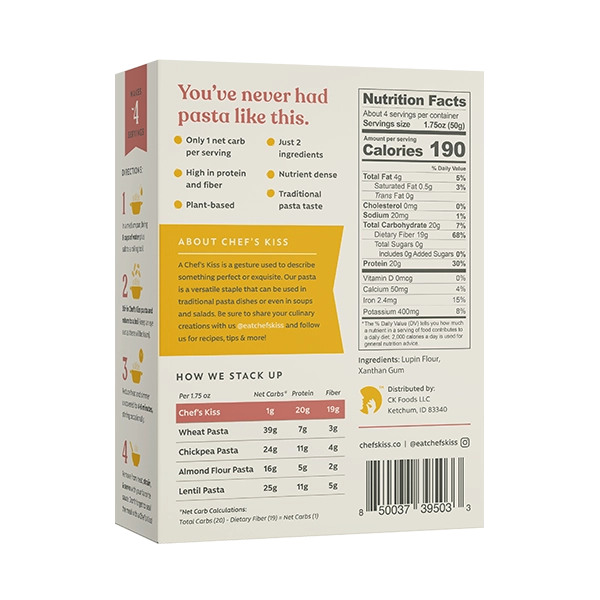
Keto vs. Low Carb Diet: Differences, Benefits, and Drawbacks
Unraveling the Carb Conundrum: Keto vs. Low Carb - Exploring the Distinctions, Pros, and Cons
In the perpetual quest for optimal health and physique, carbohydrate restriction has emerged as a popular dietary strategy. Among the myriad of approaches, two distinct methodologies have garnered significant traction: the ketogenic (keto) diet and the low-carb diet. While both advocate for curtailing carbohydrate intake, they diverge in their nuances, each offering unique benefits and potential drawbacks. In this comprehensive exploration, we delve into the intricate differences between these two dietary paradigms, illuminating their respective advantages, risks, and suitability for various lifestyles and health objectives.
The Fundamentals of Low-Carb Diets
Low-carb diets, as the name suggests, emphasize a reduced consumption of carbohydrates, typically ranging from 50 to 150 grams per day. This approach encourages the replacement of carbohydrates with an increased intake of protein, healthy fats, and fiber-rich vegetables. By limiting carbohydrates, particularly those from refined and processed sources, low-carb diets aim to promote weight loss, improve blood sugar regulation, and foster overall metabolic health.
Varieties of Low-Carb Diets
The low-carb dietary landscape encompasses a diverse array of eating patterns, each with its unique nuances and guidelines. Some well-known examples include:
-
Atkins Diet: This diet advocates for a drastic reduction in carbohydrates, particularly in the initial phases, while emphasizing protein and healthy fats. As the diet progresses, certain carbohydrate sources are gradually reintroduced.
-
Paleo Diet: Inspired by the dietary habits of our Paleolithic ancestors, the Paleo diet eliminates grains, legumes, dairy, and processed foods, focusing instead on lean proteins, fruits, vegetables, nuts, and seeds.
-
South Beach Diet: This approach categorizes carbohydrates into "good" and "bad" groups, favoring complex carbohydrates from whole, unprocessed sources while limiting refined and sugary options.
Potential Benefits of Low-Carb Diets
Adhering to a well-designed low-carb diet can yield several potential benefits, including:
- Weight Loss: By reducing carbohydrate intake, the body is prompted to burn stored fat for energy, potentially leading to weight loss.
- Improved Blood Sugar Control: Lower carbohydrate consumption can help regulate blood sugar levels, making low-carb diets particularly beneficial for individuals with diabetes or insulin resistance.
- Increased Satiety: The emphasis on protein and fiber-rich foods in low-carb diets can promote a greater sense of fullness, potentially reducing overall calorie intake.
Potential Drawbacks of Low-Carb Diets
While low-carb diets offer various advantages, it's crucial to consider their potential drawbacks:
- Nutrient Deficiencies: Restricting entire food groups, such as grains and certain fruits, can lead to deficiencies in essential vitamins, minerals, and fiber if not carefully planned.
- Constipation: The reduced intake of fiber-rich carbohydrate sources may contribute to digestive issues like constipation.
- Potential Muscle Loss: If protein intake is insufficient during a low-carb diet, the body may break down muscle tissue for energy, leading to muscle loss.
The Ketogenic Diet: A More Stringent Approach
The ketogenic (keto) diet takes carbohydrate restriction to an even more stringent level, typically limiting daily carbohydrate intake to 20-50 grams. This drastic reduction in carbohydrates, coupled with an increased consumption of healthy fats and moderate protein intake, aims to induce a metabolic state known as ketosis.
Understanding Ketosis
In ketosis, the body's primary fuel source shifts from glucose (derived from carbohydrates) to ketone bodies, which are produced by the liver from fatty acids. This metabolic adaptation forces the body to burn stored fat for energy, potentially leading to rapid weight loss and various health benefits.
Macronutrient Breakdown of the Keto Diet
The keto diet is characterized by a specific macronutrient ratio, typically:
- Fats: 70-80% of daily calories
- Protein: 15-30% of daily calories
- Carbohydrates: 5-10% of daily calories (or 20-50 grams per day)
This high-fat, moderate-protein, and low-carbohydrate distribution is designed to facilitate and maintain ketosis, the hallmark of the keto diet.
Potential Benefits of the Keto Diet
While the keto diet is primarily used for therapeutic purposes, such as treating epilepsy and certain neurological disorders, it has also gained popularity for its potential health benefits, including:
- Rapid Weight Loss: The state of ketosis can promote accelerated fat burning, leading to significant weight loss, particularly in the initial stages of the diet.
- Improved Blood Sugar Control: By minimizing carbohydrate intake, the keto diet can help regulate blood sugar levels and improve insulin sensitivity, making it beneficial for individuals with type 2 diabetes or metabolic disorders.
- Potential Neuroprotective Effects: Some research suggests that the keto diet may have neuroprotective properties and could potentially aid in the management of neurological conditions like Alzheimer's disease and Parkinson's disease.
Potential Drawbacks of the Keto Diet
Despite its potential benefits, the keto diet is not without its challenges and potential risks:
- Nutrient Deficiencies: The severe restriction of certain food groups, particularly fruits and starchy vegetables, can lead to deficiencies in essential vitamins, minerals, and fiber if not properly supplemented.
- Keto Flu: As the body adapts to ketosis, individuals may experience temporary side effects known as the "keto flu," which can include fatigue, headaches, nausea, and brain fog.
- Kidney Stress: The increased protein intake and dehydration associated with the keto diet may put additional strain on the kidneys, particularly for individuals with pre-existing kidney conditions.
- Sustainability Challenges: The strict nature of the keto diet and the elimination of many common foods can make it challenging to maintain long-term, potentially leading to dietary fatigue and potential nutrient deficiencies.
Comparing Keto and Low-Carb Diets
While both the keto and low-carb diets share the common goal of carbohydrate restriction, they differ in several key aspects:
Carbohydrate Intake
- Keto Diet: Typically limits carbohydrate intake to 20-50 grams per day, aiming to induce and maintain ketosis.
- Low-Carb Diet: Allows for a broader range of carbohydrate intake, typically between 50-150 grams per day, without necessarily inducing ketosis.
Macronutrient Distribution
- Keto Diet: Emphasizes a high-fat, moderate-protein, and low-carbohydrate macronutrient ratio (e.g., 70-80% fat, 15-30% protein, 5-10% carbohydrates).
- Low-Carb Diet: Encourages a more balanced macronutrient distribution, with a higher emphasis on protein and healthy fats, but without the strict fat-to-protein ratio of the keto diet.
Metabolic State
- Keto Diet: Induces a state of ketosis, where the body primarily relies on ketone bodies for energy.
- Low-Carb Diet: Does not necessarily induce ketosis, but rather aims to promote weight loss and metabolic health through carbohydrate restriction and increased intake of protein and healthy fats.
Potential Weight Loss
- Keto Diet: May lead to more rapid and significant weight loss, particularly in the initial stages, due to the state of ketosis and increased fat burning.
- Low-Carb Diet: Can facilitate weight loss, but the rate of weight loss may be slower compared to the keto diet, as the body does not necessarily enter a state of ketosis.
Sustainability and Flexibility
- Keto Diet: The strict nature of the keto diet, with its stringent carbohydrate restrictions and specific macronutrient ratios, can make it challenging to maintain long-term for some individuals.
- Low-Carb Diet: The more flexible approach of low-carb diets, with a wider range of carbohydrate intake and less stringent macronutrient ratios, may be easier to sustain over an extended period for some individuals.
Choosing the Right Approach
Determining whether the keto diet or a low-carb diet is the most suitable option depends on various factors, including individual health goals, lifestyle, and personal preferences.
Considerations for the Keto Diet
The keto diet may be an appropriate choice for individuals seeking:
- Rapid Weight Loss: If the primary goal is to achieve rapid and significant weight loss, the keto diet's ability to induce ketosis and promote accelerated fat burning can be advantageous.
- Therapeutic Benefits: For individuals with certain medical conditions, such as epilepsy, type 2 diabetes, or neurological disorders, the keto diet may offer therapeutic benefits under medical supervision.
- Short-Term Commitment: If an individual is willing to commit to the strict guidelines of the keto diet for a shorter period, it can be an effective approach for kickstarting weight loss or achieving specific health goals.
Considerations for Low-Carb Diets
A low-carb diet may be a more suitable option for individuals seeking:
- Sustainable Weight Loss: If the goal is to achieve gradual and sustainable weight loss while maintaining a more balanced and flexible dietary approach, a low-carb diet may be a better long-term solution.
- Improved Metabolic Health: Low-carb diets can be beneficial for individuals aiming to improve blood sugar control, insulin sensitivity, and overall metabolic health without the stringent restrictions of the keto diet.
- Lifestyle Compatibility: For those who prefer a more flexible and inclusive dietary approach that allows for occasional indulgences or social gatherings, a low-carb diet may be easier to incorporate into their lifestyle.
Ultimately, the decision between the keto diet and a low-carb diet should be guided by individual preferences, health goals, and the ability to adhere to the respective dietary guidelines. Consulting with a qualified healthcare professional or a registered dietitian can help determine the most appropriate approach based on individual circumstances and health status.
Navigating the Dietary Landscape
Embarking on any dietary journey requires careful consideration, education, and a commitment to making sustainable lifestyle changes. Both the keto diet and low-carb diets offer potential benefits, but they also come with their unique challenges and risks.
The Importance of Meal Planning and Preparation
Regardless of the chosen dietary approach, meal planning and preparation are crucial for success. Ensuring a balanced intake of essential nutrients, adequate hydration, and meal variety can help mitigate potential nutrient deficiencies and prevent dietary fatigue.
Seeking Professional Guidance
It is highly recommended to consult with a qualified healthcare professional, such as a registered dietitian or a physician, before embarking on any significant dietary change. These professionals can provide personalized guidance, address potential health concerns, and ensure that the chosen dietary approach aligns with individual needs and goals.
Embracing a Holistic Approach
While dietary interventions play a significant role in weight management and overall health, it is essential to adopt a holistic approach that encompasses regular physical activity, stress management, adequate sleep, and a positive mindset. A well-rounded lifestyle that incorporates these elements can amplify the benefits of any dietary approach and promote long-term success.
Conclusion
In the realm of carbohydrate-restricted diets, the keto diet and low-carb diets represent two distinct yet complementary approaches. While the keto diet offers a more stringent and potentially rapid path to weight loss and therapeutic benefits, low-carb diets provide a more flexible and sustainable option for those seeking gradual and long-term improvements in metabolic health.
Ultimately, the choice between these two dietary paradigms depends on individual goals, preferences, and the ability to adhere to their respective guidelines. By understanding the nuances, benefits, and potential drawbacks of each approach, individuals can make informed decisions and embark on a dietary journey that aligns with their unique needs and lifestyle.
It is essential to remember that any significant dietary change should be approached with caution, education, and guidance from qualified healthcare professionals. By embracing a holistic approach that combines a well-planned diet, regular physical activity, and a positive mindset, individuals can unlock the full potential of their chosen dietary path and achieve lasting health and well-being.

















